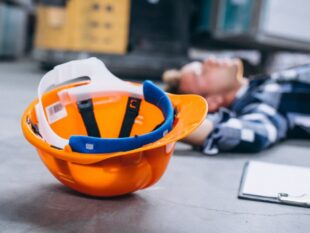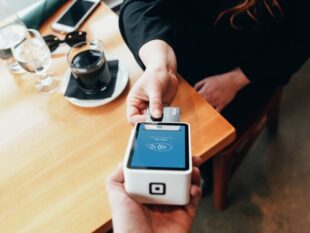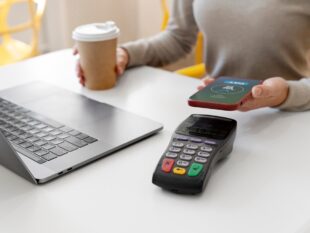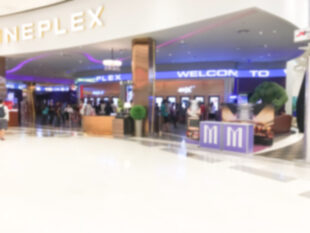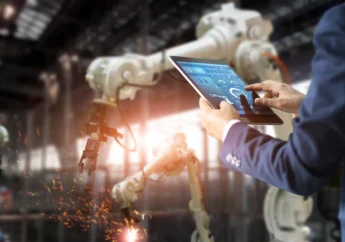How Tougher Touch Screen Technology Is Changing Mobile Computing
by Arina Smith Technology Published on: 26 February 2018 Last Updated on: 22 September 2018

From the smartphone to the self-service kiosk, touch screen technology has revolutionized how we interact with our electronics. Many people are not aware, however, of just how much mobile computing has changed the day-to-day operations in a host of vital industries like shipping, logistics, and healthcare. Where even a generation ago the pencil and notebook were still the easiest way to keep track of information outside the office, mobile computing devices have created remarkable efficiencies by allowing easier storage and transfer of information.
Among the many touch screen sensor technology applications that have taken the world by storm, handheld mobile computing devices are one of the less frequently acknowledged areas of advancement. Handheld devices have had a huge impact on the management of information flows within and between different industries. From logistics companies that need to keep on top of product being shipped, to couriers and field service technicians, a huge amount of global business relies on devices that can quickly and easily access and store information.
In order to be effective, mobile computing devices need to be able to operate in a range of different contexts, sometimes under conditions that can be quite severe. In warehouses and factory floors, mobile computing devices get dropped, knocked around, and smeared with grit and grime. For those who need to use them in the field, these same devices have to put up with extreme heat and cold, humidity, and the ordinary wear and tear that faces any tool put to frequent use.
The screen is the most vulnerable surface on a mobile computing device, which is why engineering sturdier, more resilient screens have been key to creating devices that can stand up to everything that will get thrown at them. Companies like Canada’s A D Metro are leading the way with new kinds of the highly durable touch screen that can be operated in industrial conditions while using gloves. The industry benchmark for durability, however, is probably set by their ULTRA Resistive screen, designed for use in a range of adverse conditions.
The ULTRA is based on standard resistive touchscreen technology, but what makes it stand apart is its incorporation of a patented durable borosilicate glass surface resistant to abrasions and scratches (as well as being waterproof and impervious to chemicals). The ULTRA Resistive is ideal for rugged and outdoor equipment and is familiar to many people because of its use in unattended outdoor kiosks. Mobile devices equipped with ULTRA Resistive screens can withstand huge amounts of stress without sustaining damage and can be operated with a finger, glove, or stylus.
Advances in touchscreen technology have made it easier than ever to use mobile computing devices in even the most extreme conditions. This, in turn, is leading to new applications for the technology across a broad range of industries, including military and industrial. As the world becomes more and more interconnected, these innovations are sure to lead to even greater efficiencies, as the workers who use mobile computing devices can trust that the technology they rely on can withstand whatever comes their way.
Read More :
1. Why your company needs social media and which platform is best for you
2. Effective Steps toward Becoming a Hi-Flying Cloud Computing Expert






































